How to set up and run a school garden
Gardening has many benefits for children. While it has great health and social implications, it also offers brilliant hands on experience for learning. Inspired by the school and community garden stories, we’ve put together a guide to help get you started – from thinking about how to use the space, to how to involve the children and school community.
Find a space
To start with, as schools often have limited outdoor areas, it’s key to be creative with the space you already have. Decide if you need to make any initial changes to your plot. Consider the practicalities, like water - if there isn’t an outdoor tap, can one can be installed or is there enough rain run-off and space to install a water butt?
You’ll also need to think about how to deal with the garden waste and whether you should incorporate a simple compost bin. This can be a wonderful way of cutting down on waste and providing your garden an endless supply nutrient-rich soil. For instance, Damers First School have their own food waste composter. All of the school’s food waste is now turned into compost for the gardens so the children are learning about the importance of sustainability and recycling.

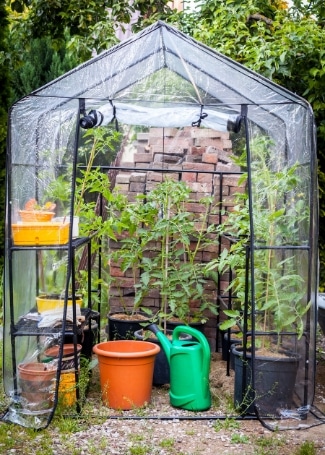
Spare a thought for which tools and equipment you might need to store and if you’ve got the space for a small greenhouse, which is great for seed germination and caring for tender growers whilst the weather is cold.
Access to the garden is also especially important. Ask yourself: How far is the garden from the classrooms but also back to the toilets? Talk to staff and decide if you want the garden to always be accessible to the children or if they’d rather that children can be supervised and enclosed with a gate. Catering for children who require wheelchair access is also important in cultivating a fully inclusive and accessible space for everyone.
Seek advice
To locate your nearest Cultivation Street garden centre, take a peek at our Cultivation Street Ambassador Finder which will help you find a local and ever-helpful ambassador. These individuals have a wealth of knowledge to share and volunteer to give free help and advice to people looking to start a school garden. To contact your local ambassador, find a garden centre near you.
Of course, the most rewarding part about being part of a community is to share advice and tips and this is greatly beneficial to your project. It’s therefore worth spending some time talking to other schools for advice on how they have set up their gardens and the issues or problems they have had to overcome. You can tap into local resources by contacting community gardens, gardening clubs and associations near to you that are involved with grow-your-own gardening. More often than not, this wider community are more than happy to help and will point you in the right direction.
Get people involved
You’ll need a keen project leader to be the backbone of your garden. They will be the person who coordinates and motivates everyone involved and drives the garden forwards. And, we know how busy teachers are, so we recommend gathering a good bank of volunteers to help. Start with all the members of staff – you might have a budding horticulturalist hidden amongst them!
Put out requests on the school newsletter asking for volunteers from family members and everyone in the school community. You could also contact your school neighbours and local businesses. You’ll soon see that people love to be involved in a community project but make sure you follow all safeguarding procedures.


Try to make use of the school social media and press too. You could jump start your garden with a weekend working party and spread the word using cost-effective digital channels like Facebook events and groups to help you organise it.
When the garden is up and running, put together a simple rota of children to help with routine tasks such as watering. This could be older children in the school or small groups of children buddied up with kids from the older classes. Remember to consider what will happen in the school holidays – neighbours in your local community would be perfectly placed to help.
Make a plan!
When you have more of an idea of the space and manpower available, you can start to plan how you will use the garden. It’s always good if you can use part of a staff meeting or training day to get people involved. Together, work out the aims of your garden and decide together what you want to do with the space. This is a good opportunity to investigate whether you’ll be able to have a space for every year group or spaces dedicated to various aspects of the garden. Decide if it is a memorial garden with space for quiet and reflection or if there’s a theme running through it which could perhaps change each year. Ask yourself: Will you have areas dedicated to attracting wildlife or growing fruit and vegetables for the children to eat? Or will it be a sensory garden for those with additional needs?
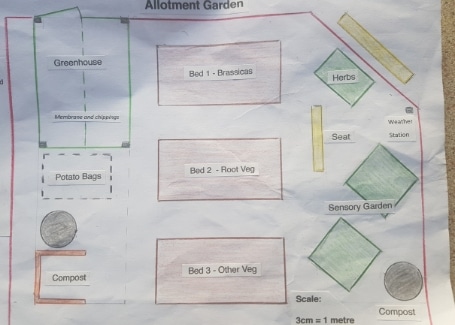
Once you have decided what you want your garden to achieve, and a rough idea of how you’ll form it, you can plan the garden’s layout and planting. While you may have extensive ideas for your school garden, don’t feel you can’t start on a small scale. Perhaps begin with only a part of the plot or plant in pots and containers. As you feel more confident and have more help, your garden can grow in size.
Involve the children
When it’s up and running, there are many easy links to learning in the classroom. Your garden will be a fantastic outdoor classroom which supports learning. For example, there are strong links with maths such as using shapes of flower beds, working out their area and also volume of compost needed. One of our 2018 winning schools suggested children calculating the percentage of seeds germinated.
Obvious links can be made in specific science topics such as green plants and living things in their environments, and topics supported by mini-beast hunts and pond dipping activities.
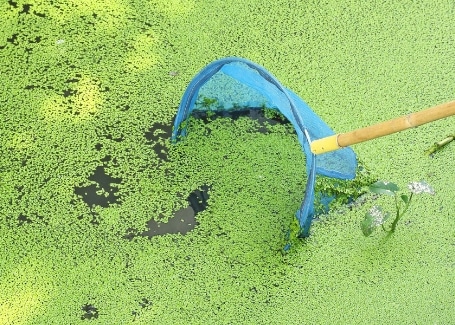
You garden can also be the inspiration for artwork. Nature often lends itself to writing poetry and work in the garden can be woven into literacy in this way. Children can write asking for funding or donations, or newspaper reports on the progress of the garden. They can help other children by writing instructions on how to sow and germinate seeds and non-chronological reports on different aspects of gardening. However, before the garden is even up and running, you can involve the children in the planning process. Ask them what they would like to grow and how they will organise looking after their space.
What to plant?
When you’re deciding what to plant, think about plants that make a big impression. These could be plants that are quick and easy to grow and allow the children to see their efforts rewarded. For more ideas, check out our veg planner which has handy details on when to sow, plant and harvest a huge range of vegetables. Work out what you can plant with the children that they can harvest and eat before the school year ends.
Salad leaves are a quick crop to plant and grow. Potatoes and tomatoes are also fun and easy while fruit such as strawberries and raspberries will particularly appeal to the children!
Let your imagination run wild, perhaps you’ll be planting for the senses with bright coloured flowers or textured plants. These are easy to add and make an enormous impact on the garden.
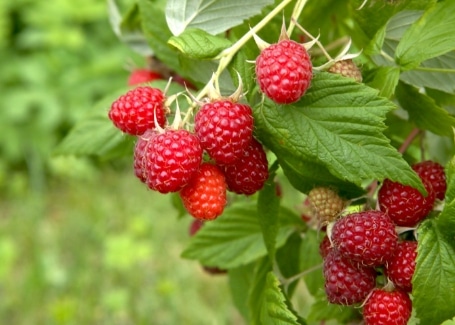

Herbs can be bedded on the edges of pathways so that, when they’re brushed past, they give off amazing smells. Lavender and sweet peas are also great smelling, but also consider including pollinators which encourage the amazing sounds of bees in the garden.
Record your journey!
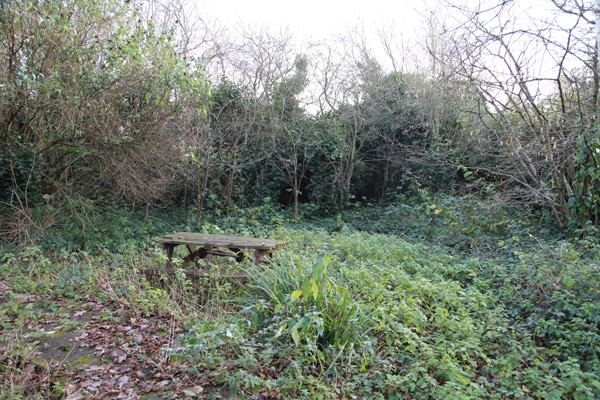
Don’t forget to take photos. Kids and adults alike can look back on pictures from last year and see what a difference they’ve made. It’s also great to have before and after photos to show how far you’ve come if you think about entering the Cultivation Street competition.
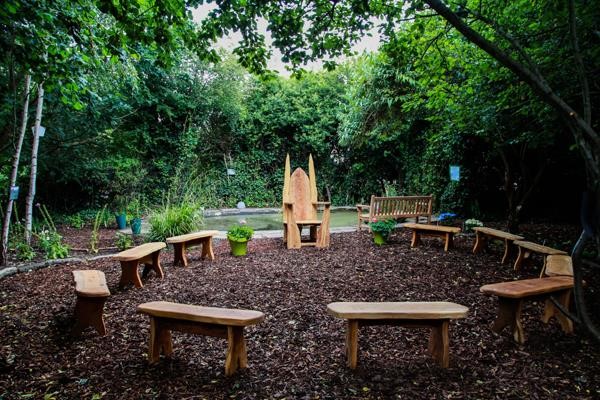
If you’d like more advice, check out our other top tips on funding your school garden. We have loads of inspiring stories to get you started and head over to our schools information to find out about this year’s competition – you never know, next year’s winner could be you!
Cultivation Street is all about community and we love to share tips and advice. So if you have any other ideas of advice on how to set up or run a school garden or if you've taught rewarding lessons using the garden, do get in touch!

Be sure to join Cultivation Street now and take your school gardening project to the next level.

